Battery-Powered Vehicle Technologies
Exploring the diverse applications of battery to power solutions across various vehicle categories, driving efficiency, sustainability, and innovation in mobility.
The evolution of battery to power technology has revolutionized transportation across industries, enabling cleaner, more efficient vehicles that reduce environmental impact while improving performance. From industrial applications to consumer products, battery-powered vehicles have become integral to modern mobility, offering reliable energy solutions that continue to advance with technological innovations.
This comprehensive guide explores the diverse range of vehicle types powered by advanced battery systems, examining their unique characteristics, applications, and the specific battery to power technologies that make them possible. Each category represents a specialized implementation of energy storage solutions tailored to meet particular operational demands.
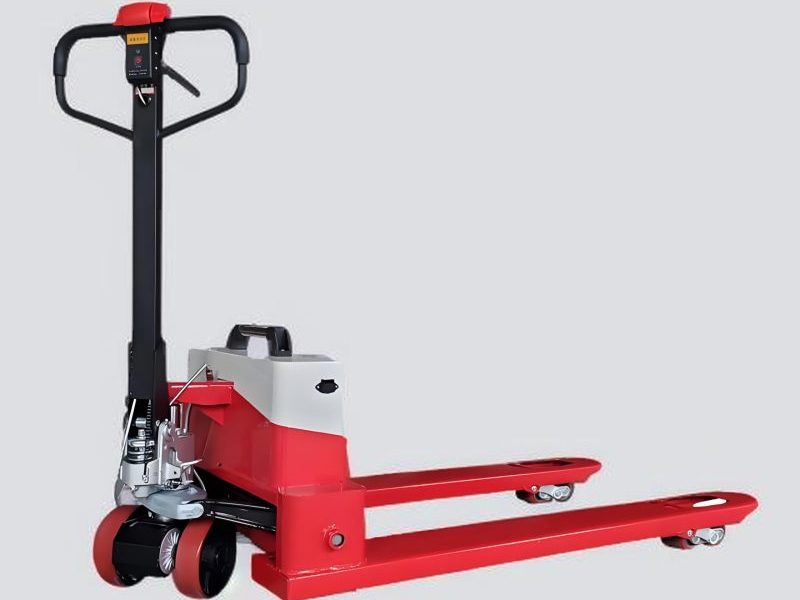
1. Factory Vehicles
Factory vehicles represent one of the most established applications of battery packs to power technology in industrial settings. These vehicles include forklifts, pallet jacks, automated guided vehicles (AGVs), and tow tractors that operate within manufacturing facilities, warehouses, and distribution centers.
The transition from internal combustion engines to battery to power systems in factory vehicles has brought significant advantages, including reduced noise pollution, elimination of exhaust fumes, and lower maintenance requirements. Lead-acid batteries traditionally dominated this sector, but modern facilities increasingly adopt lithium-ion solutions for their higher energy density, faster charging capabilities, and longer lifespan.
Battery to power management systems in these vehicles are specifically designed for intensive, repetitive operations, often featuring opportunity charging capabilities that allow batteries to be recharged during scheduled breaks. This ensures continuous operation throughout shifts without compromising performance.
Key manufacturers in this space include Toyota Industrial Equipment, Crown Equipment, and Jungheinrich, all of which have developed specialized battery to power solutions optimized for different material handling requirements, from light-duty pallet moving to heavy-load lifting operations.

2. Electric Locomotives
Electric locomotives represent a significant application of battery to power technology in heavy transportation, offering a sustainable alternative to diesel-powered trains for both passenger and freight services. While many electric trains rely on overhead lines or third rails, battery-electric locomotives provide greater flexibility by operating independently of fixed infrastructure.
The battery to power systems in these locomotives are engineered to deliver massive amounts of energy over extended periods, supporting heavy loads and high tractive efforts. Modern designs utilize lithium-ion battery packs with advanced thermal management systems to handle the extreme power demands during acceleration and sustained operation.
Battery to power locomotives offer numerous advantages, including reduced emissions, lower operating costs, and quieter operation. They are particularly valuable for shunting operations in rail yards, short-haul freight services, and passenger trains on routes where electrification is impractical.
Major developments in this sector include projects by companies like Wabtec with their FLXdrive battery-electric locomotive, which demonstrates the feasibility of battery to power technology even for heavy freight applications, reducing fuel consumption and emissions by up to 30% when operating in hybrid mode.Power storage battery.
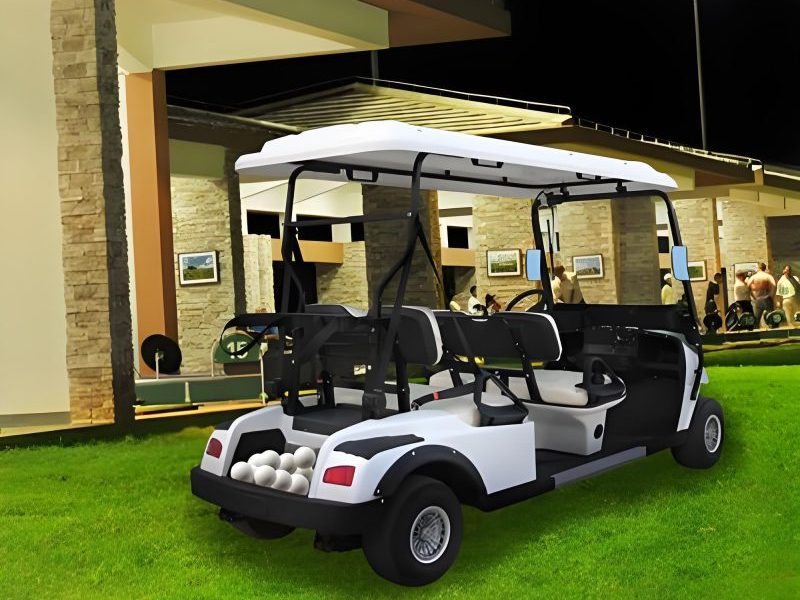
3. Recreational and Sports Venue Vehicles
Recreational and sports venue vehicles form a diverse category of battery-powered transportation where battery to power technology enhances user experience through quiet operation and low maintenance. This category includes golf carts, utility vehicles for sports stadiums, amusement park transport, and off-road recreational vehicles.Optical Transceiver.
Golf carts represent the most common application, with battery to power systems that provide sufficient range for 18-hole courses while maintaining lightweight construction. These vehicles typically use deep-cycle lead-acid batteries, though lithium-ion options are gaining popularity for their longer lifespan and faster charging capabilities.
In sports stadiums and large recreational facilities, battery to power utility vehicles transport personnel, equipment, and supplies efficiently without disrupting events or creating noise pollution. Amusement parks utilize battery-powered shuttles and maintenance vehicles to navigate crowded areas with minimal environmental impact.
The recreational segment also includes battery-powered off-road vehicles such as quad bikes and side-by-sides designed for outdoor adventures. These vehicles leverage advanced battery to power management systems to deliver impressive torque and range across challenging terrains while maintaining the quiet operation that allows users to enjoy natural surroundings without noise disturbance.Battery packs.
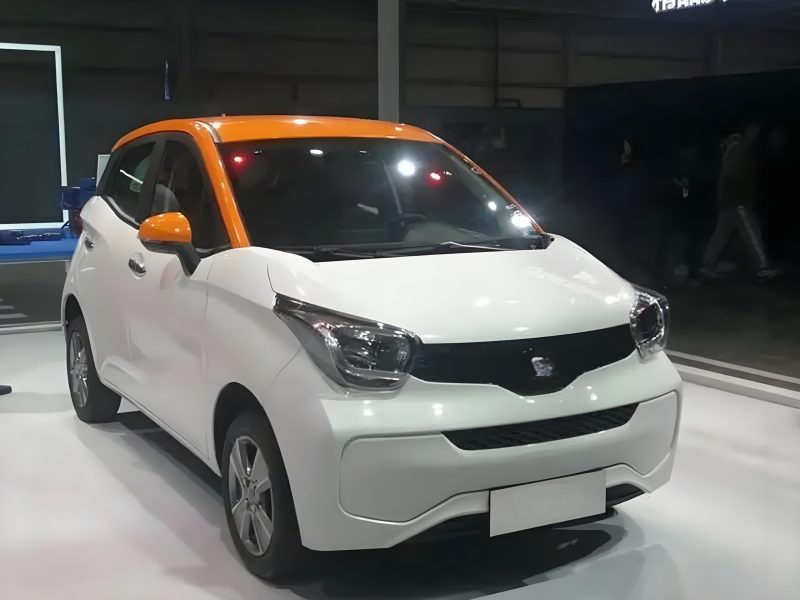
4. Low-Speed Electric Vehicles
Low-speed electric vehicles (LSEVs) are compact, battery-powered transportation solutions designed for urban environments, retirement communities, campuses, and tourist areas where speed is limited to 25-35 mph. These vehicles represent an efficient implementation of battery to power technology for short-distance travel.
The battery to power systems in LSEVs are optimized for range rather than high performance, typically providing 40-80 miles on a single charge. This makes them ideal for daily commuting within limited areas, reducing reliance on traditional automobiles for short trips.Backup battery.
LSEVs come in various configurations, including two-seater, four-seater, and utility models with cargo capacity. Their battery to power architectures are simpler than full-size electric cars, often using lead-acid batteries in entry-level models and lithium-ion systems in premium versions.
Benefits of LSEVs include significantly lower operating costs compared to gasoline vehicles, reduced environmental impact, and easier maneuverability in congested areas. Their adoption is growing in planned communities, university campuses, and urban centers seeking to reduce traffic congestion and emissions through battery to power transportation solutions.
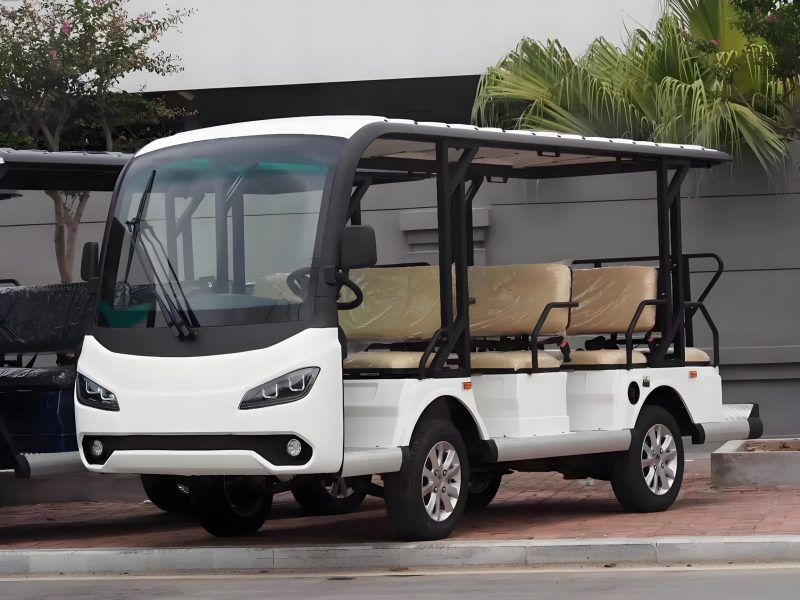
5. Neighborhood Electric Vehicles
A specialized subset of low-speed vehicles, neighborhood electric vehicles (NEVs) are specifically designed for residential communities, offering a safe, eco-friendly transportation option for local errands and short trips. These vehicles rely on efficient battery to power systems tailored for frequent stop-and-go driving patterns.
NEVs typically feature a compact design with seating for 2-4 passengers and limited cargo space, prioritizing maneuverability within neighborhood streets. Their battery to power systems are optimized for daily use with overnight charging capabilities, ensuring readiness for morning trips to nearby amenities.battery storage.
The battery to power technology in NEVs often includes regenerative braking systems that capture energy during deceleration, extending range and improving overall efficiency. This makes them particularly well-suited to the stop-and-start driving patterns common in residential areas.
Many retirement communities and planned neighborhoods have embraced NEVs as a way to reduce automobile traffic, lower carbon footprints, and create more pedestrian-friendly environments. Their quiet operation and reliance on battery to power rather than fossil fuels contribute to improved quality of life for residents while maintaining mobility independence.
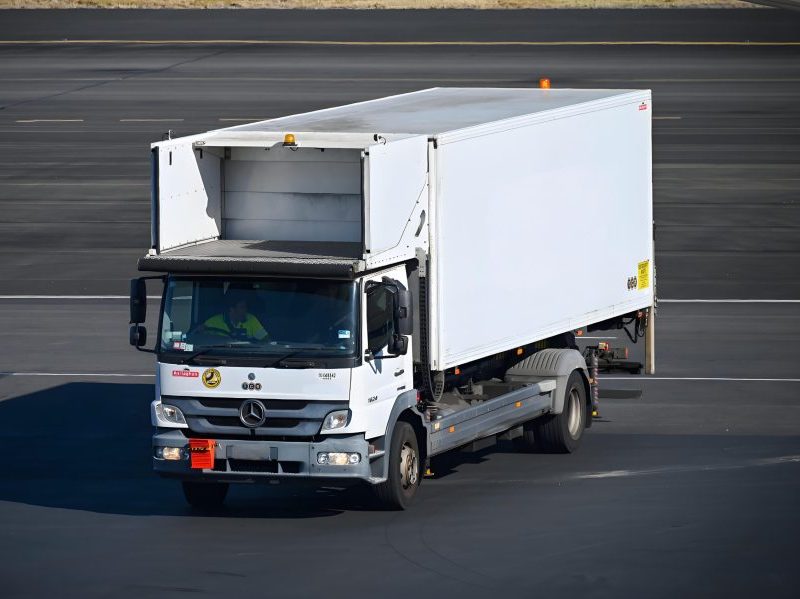
6. Airport Ground Support Vehicles
Airports worldwide are increasingly adopting battery to power technology for ground support equipment (GSE), including aircraft tugs, baggage carts, cargo loaders, and maintenance vehicles. This transition is driven by the need to reduce emissions in busy terminal areas and improve air quality around airports.backup power for home.
Battery to power systems for airport vehicles must deliver high power for short bursts—such as pushing large aircraft—while maintaining reliability through extended shifts. Modern GSE utilizes lithium-ion batteries with rapid charging capabilities, allowing vehicles to be recharged during breaks without disrupting operations.
The switch from diesel and gasoline-powered GSE to battery to power alternatives has resulted in significant benefits, including reduced noise pollution around terminals, lower maintenance costs due to fewer moving parts, and elimination of fuel storage and handling risks on airport grounds.
Major airports like London Heathrow, Los Angeles International, and Singapore Changi have implemented extensive battery to power GSE programs as part of their sustainability initiatives. Manufacturers specializing in this sector include TLD Group, JBT Corporation, and Charlatte America, all offering comprehensive battery-electric solutions for airport operations.
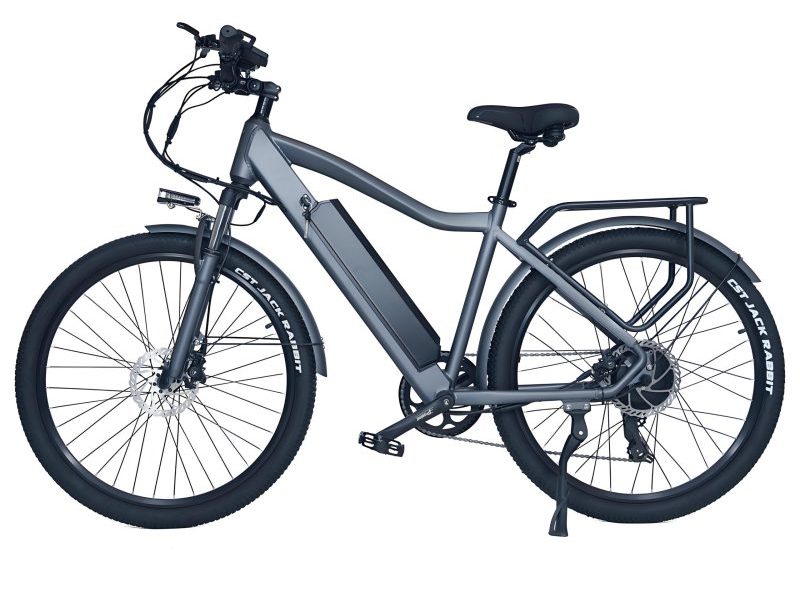
7. E-scooters, E-bikes, E-motorcycles, and E-bicycles
Micro-mobility solutions represent one of the fastest-growing applications of battery to power technology, with electric scooters, bikes, motorcycles, and bicycles transforming urban transportation. These lightweight vehicles utilize compact yet powerful battery systems to extend range while maintaining portability.
Electric scooters, popular in shared mobility services, feature small lithium-ion battery packs that provide 15-30 miles of range, ideal for last-mile commuting. The battery to power management in these devices prioritizes energy efficiency, with smart systems that optimize power delivery based on terrain and rider input.
E-bikes combine pedal power with electric assistance, using battery to power systems that typically offer 30-80 miles of range. These systems vary from simple hub motors to sophisticated mid-drive units that sense pedaling effort and provide proportional assistance, creating a natural riding experience.
Electric motorcycles have evolved significantly, with high-performance models now offering 100-200+ miles of range and acceleration comparable to gasoline-powered bikes. Their battery to power systems are more complex, featuring advanced cooling and management systems to handle higher power demands.
The widespread adoption of these battery to power micro-mobility solutions has been driven by their convenience, low operating costs, and role in reducing urban congestion and emissions. Major players include companies like Bird and Lime in the e-scooter space, Specialized and Trek in e-bikes, and Zero Motorcycles and Harley-Davidson (LiveWire) in electric motorcycles.
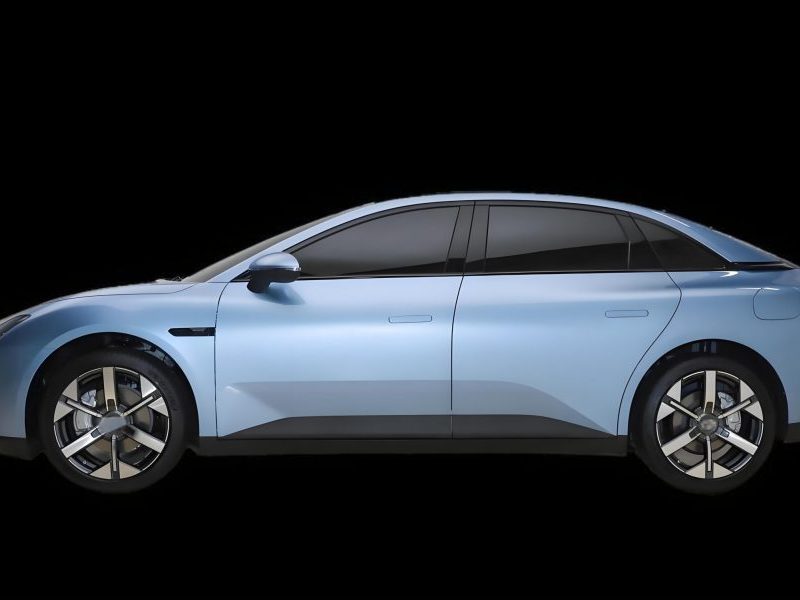
8. Electric Cars
Electric cars have become the most visible application of battery to power technology in consumer transportation, with rapid advancements in range, performance, and charging infrastructure driving widespread adoption. These vehicles rely on large lithium-ion battery packs that store electrical energy to power electric motors, eliminating tailpipe emissions.
The battery to power systems in modern electric cars are engineering marvels, with energy densities that have more than doubled in the past decade, enabling ranges of 200-400+ miles on a single charge. These battery packs incorporate sophisticated management systems that monitor cell health, temperature, and charge levels to maximize performance and safety.
Battery to power technology in electric cars includes innovations like regenerative braking, which captures kinetic energy during deceleration and converts it back to electrical energy, extending range. Fast-charging capabilities allow many models to add 100+ miles of range in just 15-30 minutes, addressing range anxiety concerns.
The electric car market has expanded rapidly, with offerings from traditional automakers like Tesla, Nissan, Chevrolet, Ford, and Volkswagen, as well as new entrants focusing exclusively on electric vehicles. These vehicles range from affordable compact cars to luxury sedans and high-performance sports cars, all leveraging battery to power technology.
Governments worldwide have implemented incentives to accelerate electric car adoption as part of climate change mitigation strategies, recognizing the significant role battery to power transportation can play in reducing greenhouse gas emissions from the transportation sector.
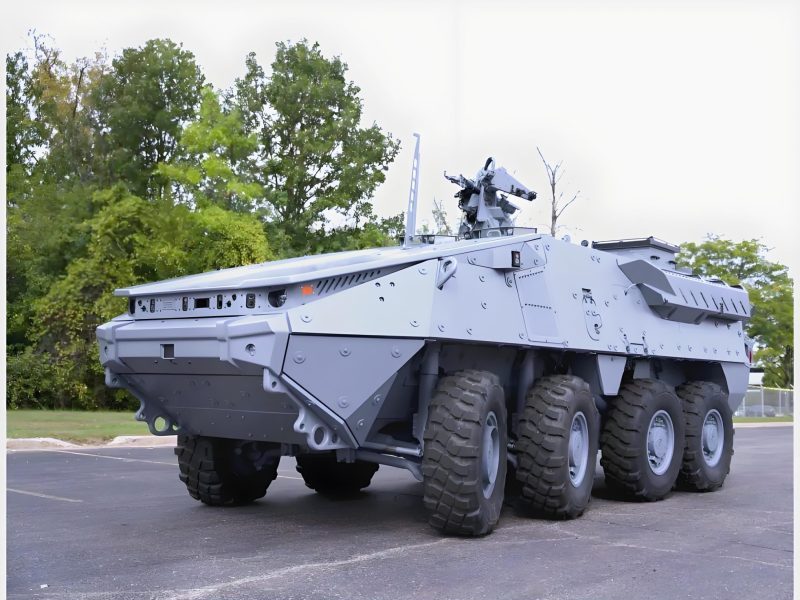
9. Special Vehicles — Electrically Driven Armored Vehicles
Military and security sectors are increasingly exploring big battery (large-scale, high-energy battery systems) to power technology for armored vehicles, recognizing the advantages in stealth, reliability, and operational flexibility—particularly for heavier platforms requiring sustained high power. Electrically driven armored vehicles range from light reconnaissance vehicles to heavier personnel carriers, incorporating these big battery systems alongside traditional propulsion methods in hybrid configurations, balancing the energy needs of light and heavy-duty operations.
The battery to power systems in these specialized vehicles prioritize silent operation for stealth missions, allowing for covert movement without the acoustic signature of diesel engines. This capability provides significant tactical advantages in reconnaissance and special operations scenarios.
Beyond stealth, battery to power technology offers logistical benefits by reducing reliance on fossil fuels in forward operating bases, where fuel supply chains are vulnerable. Electric drive systems also provide instant torque delivery, improving off-road performance and maneuverability in challenging terrains.
These vehicles often utilize hybrid configurations where battery to power systems work in conjunction with internal combustion engines, providing the benefits of electric propulsion for silent operations while maintaining the extended range capabilities of traditional fuels when needed.
Leading defense contractors including BAE Systems, General Dynamics, and Rheinmetall have developed prototype and production electric armored vehicles, with battery to power technology playing an increasingly central role in military modernization programs focused on energy efficiency and operational flexibility.
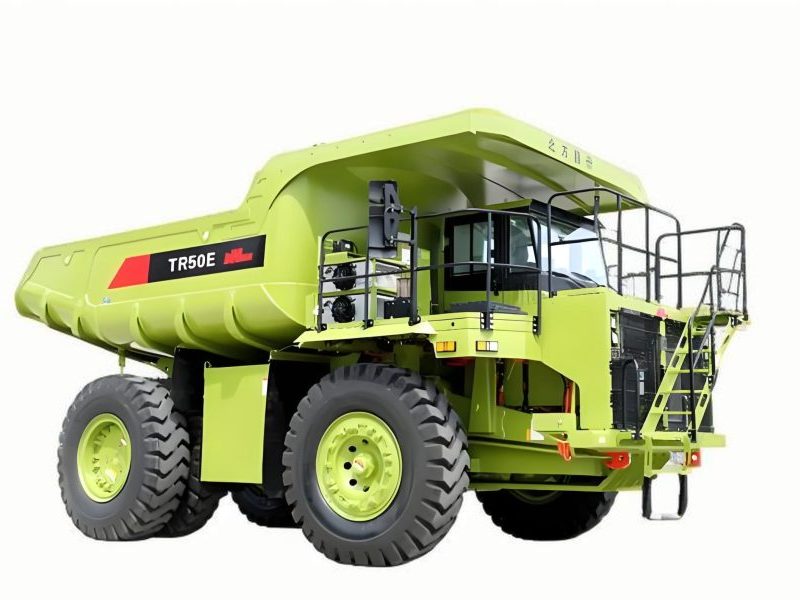
10. Electrically Driven Off-Highway Vehicles — Mining Trucks
The mining industry has emerged as an unexpected leader in adopting battery to power technology for heavy-duty equipment, with large electric mining trucks demonstrating both environmental and economic benefits—this value is amplified by battery farm (a scalable battery storage facility that complements on-vehicle battery systems). These massive vehicles, capable of hauling 100+ tons of material, are being transformed by battery to power systems that replace traditional diesel engines; the battery farm, meanwhile, stores energy during off-peak hours (e.g., night shifts) to supply the trucks during high-demand periods, cutting overall energy costs and aligning with the industry’s environmental goals.
Battery to power mining trucks offer significant advantages in underground operations, where ventilation systems struggle to manage diesel exhaust. By eliminating emissions at the source, these electric vehicles improve air quality, reduce health risks for miners, and lower ventilation costs.
The battery to power systems in these giants are engineered to deliver immense power while withstanding the harsh conditions of mining environments—extreme temperatures, dust, and vibration. Advanced thermal management systems ensure optimal battery performance despite these challenges.
While upfront costs for battery-electric mining trucks are higher, operational savings from reduced fuel consumption and maintenance quickly offset the investment. Regenerative braking systems, which capture energy when descending loaded ramps, further improve efficiency and extend battery life.
Major mining equipment manufacturers including Caterpillar, Komatsu, and Volvo Construction Equipment have launched battery-electric mining trucks, working closely with mining companies to develop and implement effective battery to power solutions. Mines in Scandinavia, Canada, and Australia have emerged as early adopters, demonstrating the feasibility of large-scale electrification in this demanding sector.Electronic shelf labels.
The Future of Battery to Power Transportation
From factory floors to mine sites, from urban streets to airport tarmacs, battery to power technology is transforming transportation across every sector. The diverse applications explored here represent just the current state of innovation, with ongoing advancements in battery chemistry, energy density, and charging infrastructure poised to enable even more applications.Related Hydraulic Spare Parts.
As battery to power technology continues to evolve, we can expect increased adoption across all vehicle categories, driven by environmental regulations, cost savings, and performance advantages. The transition to battery-powered transportation represents a fundamental shift in how we move people and goods, with far-reaching implications for energy systems, urban planning, and environmental sustainability. Related Lithium Battery Manufacturing.